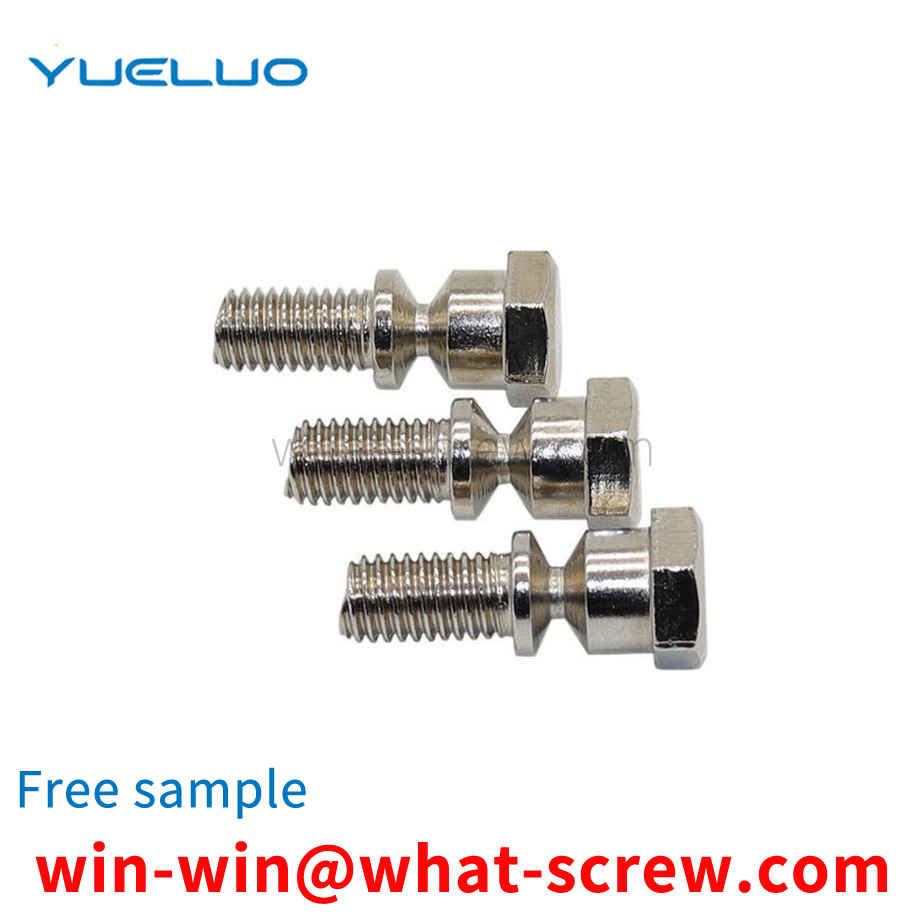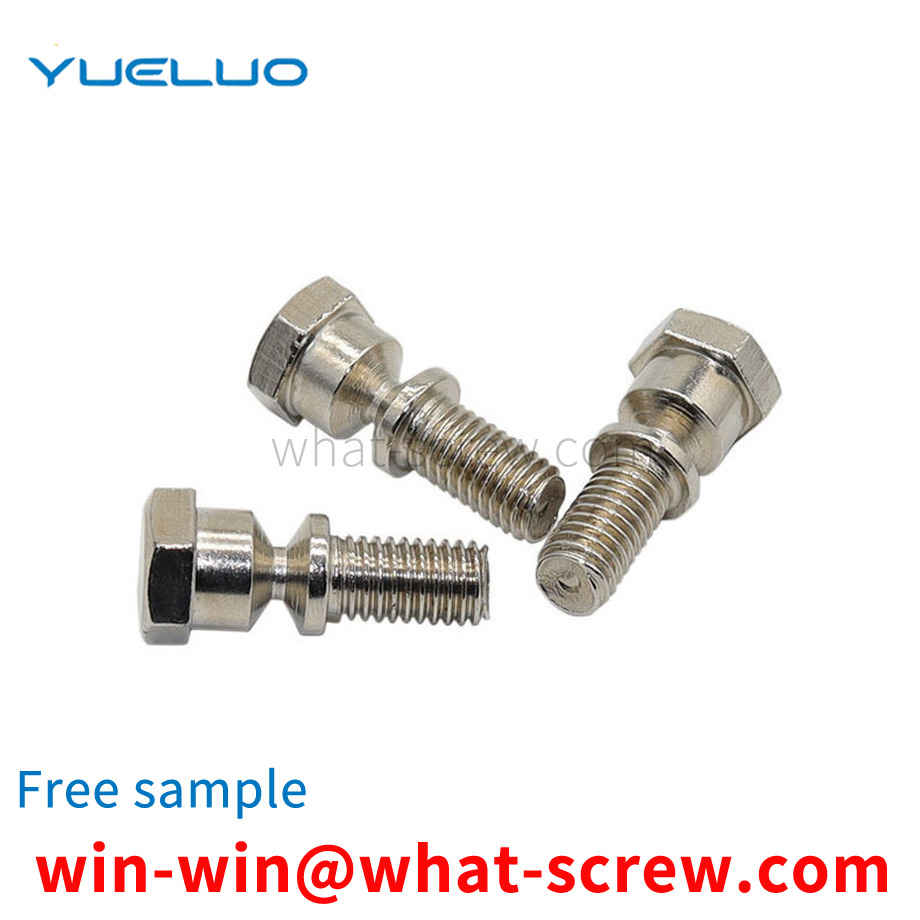The circlip is a common limiting element in the mechanical field, which is mainly used to limit the axial limit of mechanical parts. At present, the common circlips on the market are all circular rings with an opening. The circular ring has a certain elastic deformation capacity. When in use, the circlip can be detachably assembled to the mechanical on the part. However, the defect of the circlip adopting the one-piece ring is that the circlip is easily broken when frequently disassembled and used, and the service life is short.
The Greek mathematician Arkutas once described the principle of screw, screw, screw. In the first century AD, the Mediterranean world had begun to use wood screws, screws, and screws in screw presses that could press olive oil from olives, or make wine from grapes. Before the fifteenth century, metal screws, screws, screws were rarely used as fasteners in Europe. Rybczynski (Rybczynski) proves that hand-held screwdrivers and screwdrivers existed in the Middle Ages (at the latest AD 1580), but it was not until the eighteenth century that threaded fasteners were commercialized and began to be widely used. . Before threaded fasteners were widely used, there were many different ways of tightening. Mostly related to woodworking and forging, and less to machining, concepts such as dowels and pins, wedges, tenon and tenon, dovetails, nails, forge welding, and others are tied with leather or fiber and tied together. Before the mid-nineteenth century, ships were built with cotter pins, pin bolts, or rivets. There were also adhesives, but not as many as they are here today. Metal screws, screws, and screws became commonly used fasteners after the use of machine tools in the 18th century to mass-produce screws, screws, and screws. This technology developed around the 1760s and 1770s, along two separate processes. Approaches, but quickly converged: wood screws, screws, screws (metal screws for wood fixing, screws, screws) are machined with single-purpose, high-yield machines, and low-volume, mold shop style production V-Thread Machine Screws, Screws, Screws, can choose from a variety of different pitches.
In order to meet the requirements of anti-loosening bolts of parts with small surface hardness such as plastic parts, Yueluo provides a spring washer and the installation structure of the spring washer, which can effectively reduce the damage of the spring washer to the surface of the parts. And meet the anti-loosening effect of the spring washer. The technical solution provided by Yueluo is a spring washer, which includes a washer body with at least two raised claws on the washer body
Half round head rivets are mainly used for riveting occasions with large lateral loads, and are the most widely used. Flat cone head rivets are often used in riveting occasions with strong corrosion such as ship hulls, boiler water tanks, etc. Countersunk head and 1200 countersunk head rivets are mainly used for riveting occasions where the surface must be smooth and the load is not large. Half countersunk head and 1200 half countersunk head rivets are mainly used for riveting occasions where the surface must be smooth and the load is not large. Flat head rivets are used for riveting occasions with general load. Flat head and flat head rivets are mainly used for riveting of metal sheets or non-metallic materials such as leather, canvas and wood. Large flat head rivets are mainly used for riveting of non-metallic materials. Semi-hollow rivets are mainly used for riveting occasions with small loads. Headless rivets are mainly used for riveting of non-metallic materials. Hollow rivets are light in weight and weak in head, and are used for riveting of non-metallic materials with small loads. Tubular rivets are used for riveting of non-metallic materials without load. Nameplate rivets are mainly used for riveting nameplates on machines and equipment.
rivet is a nail-shaped object used to join two parts or components with a through hole and a cap on one end. In riveting, the riveted parts are connected by their own deformation or interference. There are many types of rivets, and they are informal. Commonly used are R-type rivets, fan rivets, blind rivets, blind rivets, tree rivets, semi-circular head, flat head, semi-hollow rivets, solid rivets, countersunk head rivets, blind rivets, hollow rivets, these usually use their own deformation Connect the riveted parts. Generally less than 8 mm with cold riveting, larger than this size with hot riveting. But there are exceptions. For example, the nameplate on some locks is riveted by the interference between the rivet and the lock body hole.
We have many years of experience in the production and sales of screws, nuts, flat washers, etc. The main products are: 304 carriage screws, large head rivets, thickened mesons, anti-skid washers and other products, we can provide you with suitable fastener solutions for you.



















 Service Hotline
Service Hotline




